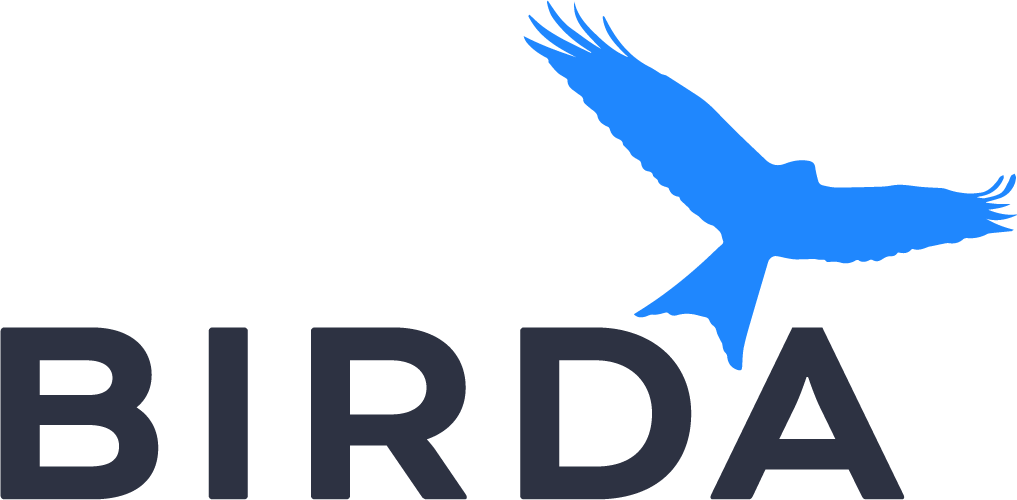
White-bellied Emerald
Chlorestes candida
The White-bellied Emerald, Chlorestes candida, is a diminutive and radiant species of hummingbird belonging to the emeralds tribe, Trochilini, within the subfamily Trochilinae. This avian jewel is characterized by its metallic bronze to bronzy green upperparts, with a notably greener back compared to the crown and neck. The underparts are a pristine white, merging into metallic bronzy green flanks. The tail is a metallic bronze, with most feathers displaying a broad purplish bronze or blackish band near the end, and the outermost feathers are tipped with a dull brownish gray.
Identification Tips
Adults range from 8 to 11 cm in length and weigh between 2.9 to 4.3 grams. Immature birds resemble adults but can be distinguished by the brownish tips on the feathers of the crown, rump, and uppertail coverts. Subspecies C. c. genini and C. c. pacifica differ slightly in bill size and the extent of green on their flanks.
Habitat
The White-bellied Emerald thrives in the interiors and edges of lowland evergreen and semi-deciduous forests, from sea level up to elevations of 1,600 meters.
Distribution
This species is found on the Caribbean slope from the Mexican states of Chiapas, Tabasco, and Yucatán, extending through Belize, Guatemala, and Honduras into Nicaragua. The subspecies C. c. genini and C. c. pacifica have more localized distributions within Mexico and Guatemala.
Behaviour
The White-bellied Emerald is a resident bird, with local populations exhibiting some seasonal movements. It is often seen feeding close to the ground but does not shy away from foraging up into the canopy.
Song & Calls
The song of the White-bellied Emerald is a high, thin, and slightly shrill series of chips, described as "tsi'si-sit' tsi-tsin'" or a monotonous "tssi-ip tssi-ip." Its calls include rolled or trilled chips such as "trirr" and "ti-ti" or "tsi-tsir," and longer sounds like "drii-i-i-it" and "tsi si-si-si-sit."
Breeding
Males sing in leks, suggesting a polygynous mating system. The breeding season spans from February to May. Females construct a cup nest on a horizontal branch, using plant material and cobwebs, adorned with lichen and moss. They typically lay a clutch of two eggs.
Similar Species
The White-bellied Emerald can be confused with other small hummingbirds, but its distinctive white belly and the specific pattern on its tail feathers aid in its identification.
Diet and Feeding
Nectar from a variety of flowering plants constitutes the main diet, supplemented by insects found in foliage. It is often outcompeted by the larger Rufous-tailed Hummingbird, Amazilia tzacati.
Conservation Status
The IUCN has classified the White-bellied Emerald as Least Concern, with a large range but an unknown population size that is suspected to be decreasing due to habitat destruction.



































































